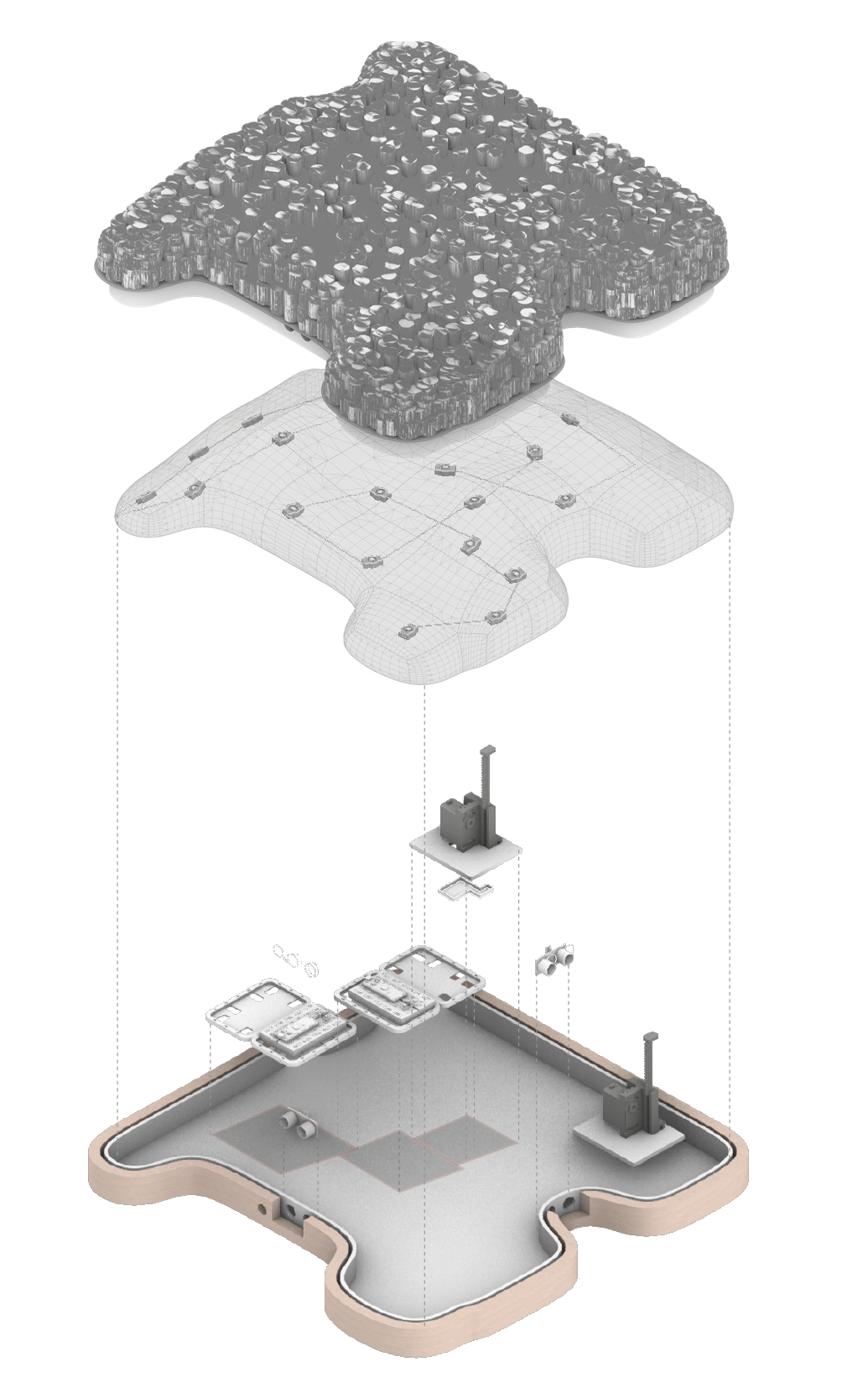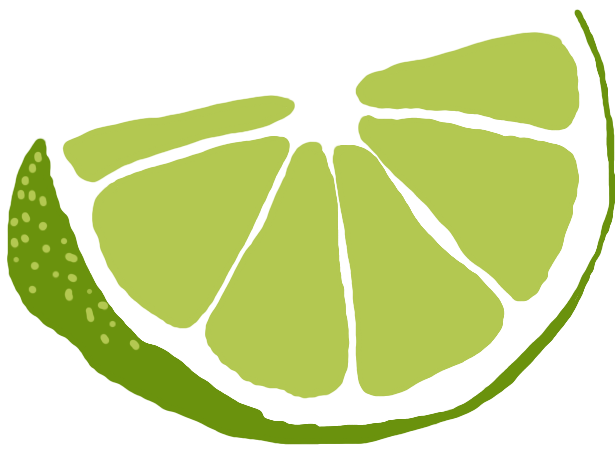Canvas
The Tactile Artefact for Immersive StorytellingMassachusetts Institute of Technology (MIT)
Computation [‘22]

“Every canvas is a journey all its own”-
Helen Frankenthaler
We feel our way through the world, registering the quality of surfaces, objects and people that constitute our experiences. When we retell these experiences through stories, we however favor sight and sound over our sense of touch.
Canvas is an exploration in immersive storytelling through the medium of the tactile artifact. It asks the question, can the functionality of a keepsake object, be extended in such a way that it embodies stories and memories of an individual or group of individuals - stories and memories that are then retrieved through a haptic interaction with it? Canvas presents itself as a tufted landscape, each element differentiated not by color but as variations in height from the base fabric.
Canvas builds upon research in the fields of neurology and psychology on the sense of touch as essential to cultivating our relationship to the world and extensive research in the field of Media Arts on the integration of electronics into fabrics for the creation of receptive textiles. Canvas is an embodied artefact that perceives gentle touch stimuli across its surface, the combination of which determines how it transforms itself. Using light as brushstrokes to modify the landscape and audio recordings to tell the story, it asserts that keepsake object as opposed to being a static unyielding form, can become a store of memory, telling our stories back to us, transforming and adapting on each interaction with it.
Helen Frankenthaler
We feel our way through the world, registering the quality of surfaces, objects and people that constitute our experiences. When we retell these experiences through stories, we however favor sight and sound over our sense of touch.
Canvas is an exploration in immersive storytelling through the medium of the tactile artifact. It asks the question, can the functionality of a keepsake object, be extended in such a way that it embodies stories and memories of an individual or group of individuals - stories and memories that are then retrieved through a haptic interaction with it? Canvas presents itself as a tufted landscape, each element differentiated not by color but as variations in height from the base fabric.
Canvas builds upon research in the fields of neurology and psychology on the sense of touch as essential to cultivating our relationship to the world and extensive research in the field of Media Arts on the integration of electronics into fabrics for the creation of receptive textiles. Canvas is an embodied artefact that perceives gentle touch stimuli across its surface, the combination of which determines how it transforms itself. Using light as brushstrokes to modify the landscape and audio recordings to tell the story, it asserts that keepsake object as opposed to being a static unyielding form, can become a store of memory, telling our stories back to us, transforming and adapting on each interaction with it.


This iteration of Canvas lays the
foundation for further prototypes of a new type of artifact by bridging the gap
between storytelling practices and digital fabrication methods in the creation
of the tactile actuated surface.
Canvas builds upon existing storytelling practices deployed within artifacts such as the Adire Cloth of Nigeria and the embroidered Bayeux Tapestry of France to create a new kind of artifact that modifies itself to tell its own story. When conversing in the rapidly developing world of smart textiles, it is an active smart textile as it not only perceives external tactile stimuli but it adapts and modifies itself in the process through light and sound recordings. The form of the current prototype emerged from an iterative process that made use of computational design tools such as grasshopper, to optimize the form and accommodate an individual who would be experiencing it. This form was then fabricated through a range of processes, from tufting to 3d printing and vacuum forming used in the making of the sub dermal layers. By creating a map work of how Canvas was created, including the electronic hardware and code, the processes are then adaptable to the requirements of any individual interested in creating an actuated keepsake object.
The next prototype of Canvas will focus on better integration of the tactile sensors within the surface and improve the clarity of the composition within which the stories play out.
Canvas builds upon existing storytelling practices deployed within artifacts such as the Adire Cloth of Nigeria and the embroidered Bayeux Tapestry of France to create a new kind of artifact that modifies itself to tell its own story. When conversing in the rapidly developing world of smart textiles, it is an active smart textile as it not only perceives external tactile stimuli but it adapts and modifies itself in the process through light and sound recordings. The form of the current prototype emerged from an iterative process that made use of computational design tools such as grasshopper, to optimize the form and accommodate an individual who would be experiencing it. This form was then fabricated through a range of processes, from tufting to 3d printing and vacuum forming used in the making of the sub dermal layers. By creating a map work of how Canvas was created, including the electronic hardware and code, the processes are then adaptable to the requirements of any individual interested in creating an actuated keepsake object.
The next prototype of Canvas will focus on better integration of the tactile sensors within the surface and improve the clarity of the composition within which the stories play out.

